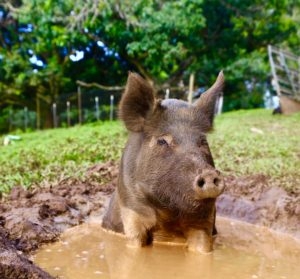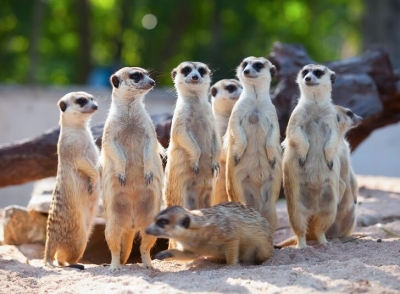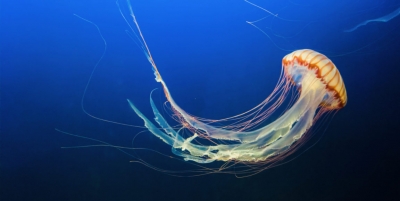Why do pigs bathe in mud?

As you sweat, the water evaporates into the air and cools the skin beneath it. Unfortunately, pigs have very few sweat glands, and the ones they do have don't work very well.
As a result, pigs can't sweat like we do. So what's a pig to do when it gets hot?
You guessed it: wallow in the mud! Rolling around in the mud helps to keep pigs from overheating when it gets too hot outside.
Some pig farmers now use water sprinklers instead of mud to keep pigs cool in warm months. Mud, however, tends to keep pigs cooler longer because the water in mud evaporates more slowly than pure water.
Just because pigs like to roll in mud, don't assume that they're dirty animals. To the contrary, pigs tend to be very clean animals.
For example, if you spend much time around a pig farm, you'll find that pigs keep their “bathroom" as far away as possible from the areas where they eat and drink.
Since they spend a lot of time outside, rolling in the mud does have other benefits. You've probably noticed that most pigs are not very tan. In fact, their light pink skin can get sunburned very easily.
To help protect their skin from sunburn, pigs use mud as a form of sunscreen. When mud dries on their skin, it forms a barrier against the sun's harmful ultraviolet rays.
A good thick layer of mud also helps to protect pigs from insects. Flies, parasites, and biting insects are often drawn to the areas where pigs live since there is often food nearby. Mud helps to keep harmful insects away from pigs' sensitive skin.
Credit : Wonderopolis
Picture Credit : Google

